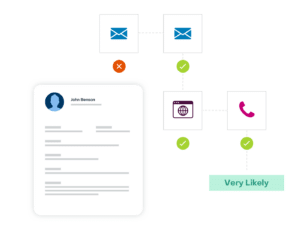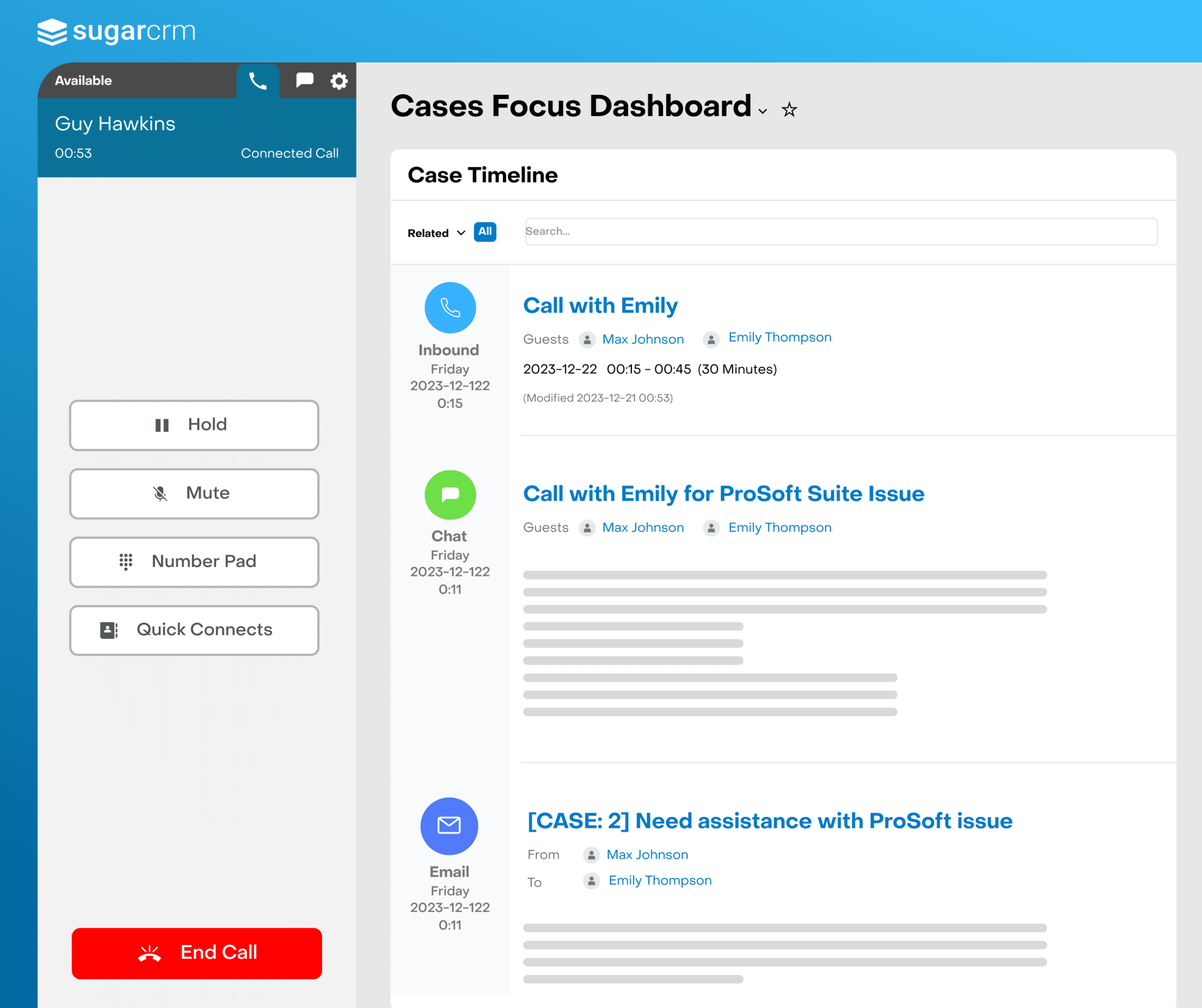4 Steps to Get Over the Old Customer Funnel
Customers today are more educated, have done more research, and are 80% of the way through their decision-making process before engaging with an organization. At the same time, consumer expectations are growing regarding how the business will treat them and respond to their needs.
These profound shifts in customer expectations we’ve witnessed in recent years have eliminated the traditional customer funnel. This has made it imperative for marketing, service, and sales teams to unite in a seamless circle and realize that people exist in multiple dimensions.
You can acquire a product or already be a customer—and also require support. And there is a need for a personalized experience throughout all of it.
Different silos across the organization haven’t been designed to support this new look for customer worldview. For SugarCRM, adopting a platform-level CRM and taking a journey-led approach to customer management that enables various parts of the organization to come together is the answer because the pay-off is a competitive advantage.
It’s about bringing all customer-facing departments together in service of that customer journey and deciding on processes and designing your flow through these interactions around the customer instead of your internal processes.

We have compiled several insights into how marketing leaders should make this customer journey-led approach a reality.
1. Evolve with the customer
Marketers can’t be complacent with things changing at a quicker rate than ever. While everything might be scripted one day, things can change substantially the next, making it critical for teams to adapt fast.
To achieve this, marketers need to come armed with the tools to roll that out across their organization so that everybody is singing from the same hymn book when interacting with their customers as they evolve.
The challenges this also poses for CMOs is knowing how to develop their marketing execution as technology progresses and customer expectations adapt while retaining the essence of their brand. Not losing the ethos of who you are as a business by becoming generic and sort of bland is critical.
2. Tap AI for a holistic view of the customer
An increasingly important input into these frameworks is artificial intelligence (AI). AI in a CRM platform is most powerful when drawing out insights and making links that might otherwise not be obvious. A key use case could be drilling down into what factors determine an ideal customer, which may not be exactly what they seem at a surface level.
For example, it might be, ‘we’ve sold several deals into the manufacturing industry, so our ideal customer is manufacturing’. However, when you dig into the data, it could be that you’ve had success in the manufacturing industry. Still, those industry customers raised three times as many cases as somebody in another industry, churning out at a much higher rate.
The key is combining all those signals that oftentimes live in different parts of the organization to get a real picture of how valuable a lead is and how likely you are to be successful. How likely will you turn that into a successful customer singing your praises? Being able to pull all of that information together is incredibly powerful.

Later on, predictive capabilities can help you understand your pipeline and the mix of that pipeline. There are many opportunities for AI to help you deliver more predictable business, which is fundamentally essential to marketers.
3. Avoid one-function decision making
Marketers must avoid short-sighted approaches that solve a need in one area of the business without thinking about how to establish connective tissue throughout the rest of the organization.
Sugar believes in the value of time and understanding all of the different events or changes that have happened with a particular prospect and gathering all of that information in the marketing database and, ultimately, the CRM and the service database. It allows marketers to replay the events and more deeply understand and apply AI-type models that you might not even understand today.
4. Tap organization-wide data sets
It’s understandable just how far and wide customer signals can be found. Whether it’s Enterprise Resource Planning (ERP), shopping carts, other lines of customer data, or emerging fields like the Internet of Things (IoT), the volume of information that can be connected to customer journeys is increasing rapidly, and there’s no sign of it slowing down.
The ability to service the customer effectively without having that integration and that single point of view around who that customer is it’s getting more challenging by the day.
This article was initially published on the CMO Australia website.


